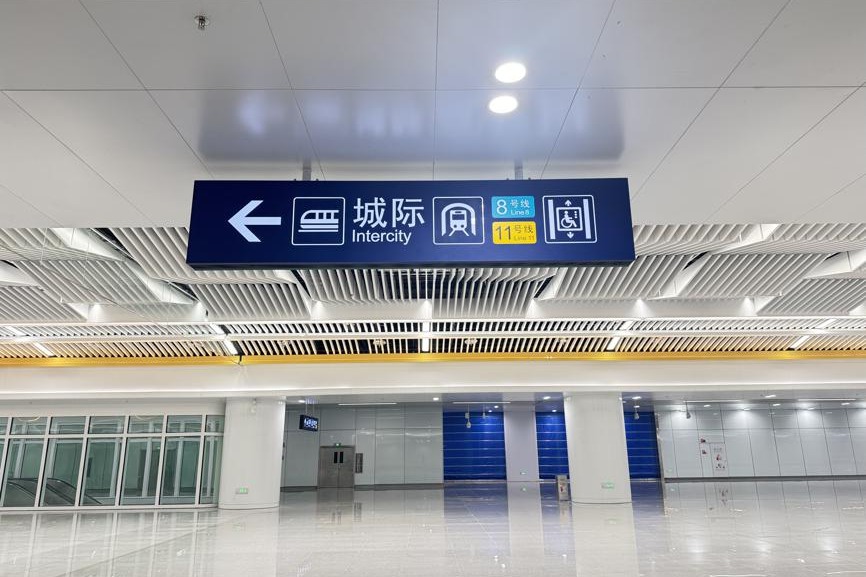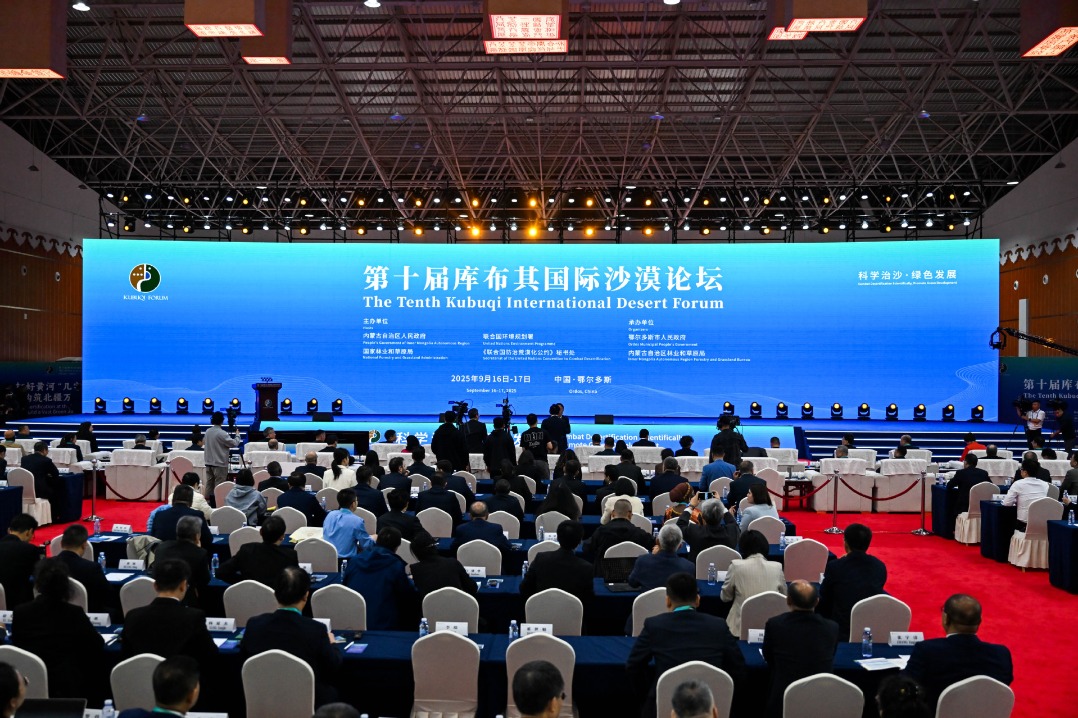China starts building ultra-high voltage power line from Xizang to Greater Bay Area

GUANGZHOU -- China on Tuesday began construction of a massive ultra-high voltage (UHV) power transmission line that will carry clean energy from Xizang autonomous region in Southwest China across thousands of kilometers to the Guangdong-Hong Kong-Macao Greater Bay Area in South China.
The ±800 kV direct current transmission project involves a total investment of about 53.2 billion yuan (roughly $7.5 billion). It starts in Qamdo, Xizang autonomous region, and ends in Shenzhen, Guangdong province, according to Dong Yanle, deputy general manager of the engineering construction department of China Southern Power Grid Co., Ltd.
The project stretches approximately 2,681 kilometers and runs through four provincial-level regions, which include southwest China's Yunnan province and Guangxi Zhuang autonomous region in South China. It is China's first UHV power transmission line to cross the Qinghai-Tibet Plateau, the Yunnan-Guizhou Plateau and the hilly terrain of south China.
After becoming fully operational in 2029, the line, with a rated capacity of 10 GW, will deliver more than 43 billion kWh of electricity annually from the clean energy base in southeastern Xizang to the Guangdong-Hong Kong-Macao Greater Bay Area.
The line will exclusively deliver electricity generated from clean energy sources, Dong said, while adding that the green electricity provided by this line will be equivalent to the consumption of around 12 million tonnes of standard coal a year -- while cutting annual carbon dioxide emissions by 33 million tonnes. "This will make economic development greener and cleaner," Dong noted.
"The project will address world-class challenges such as large-scale clean energy transmission, the application of ultra-high-altitude UHV flexible direct current technology, and construction and operation in extremely complex environments," said Rao Hong, chief scientist of China Southern Power Grid.
Nearly 90 percent of this line will run through mountainous areas. Workers will need to tackle challenges and face risks such as permafrost, geological disasters, environmental protection needs and operations in uninhabited regions. Other challenges include research and development of new direct current power transmission technology and equipment suitable for regions at an altitude of above 4,300 meters.
Over the past years, China has invested heavily in the construction of UHV power transmission lines to deliver electricity from the country's energy-rich west to its booming east -- and increase consumption of clean energy sources for green economic growth.
Xizang, one of China's key energy bases, is rich in clean energy sources -- such as hydropower, wind power and solar power. It has already built several UHV power transmission lines to send surplus power to many parts of the country.
Guangdong-Hong Kong-Macao Greater Bay Area, one of China's most economically dynamic regions, is also a leader in green and high-quality economic growth.
In 2024, green electricity trading in the Greater Bay Area had reached 49.1 billion kWh, an 11-fold increase from the previous year -- accounting for 39 percent of China's total.
- China starts building ultra-high voltage power line from Xizang to Greater Bay Area
- China holds Chinese modernization and human rights protection seminar
- HKSAR ascends to 15th place on global innovation index
- Hangzhou to welcome global experts on ecology
- Forum lauds China's human rights model
- 12th Beijing Xiangshan Forum: Countdown to opening





































